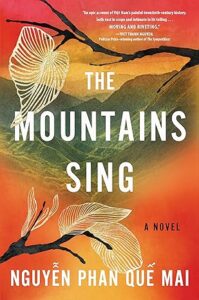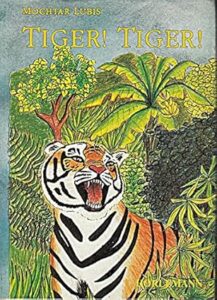In the first blog post of this series, I looked at the definition of Social-Emotional Learning (SEL) and its five components according to CASEL 5. So far, two components are discussed:
This blog post is about the fourth basic element in SEL: relationship skills.
What are relationship skills?
According to CASEL5 (reference), relationship skills are defined as the abilities to establish and maintain healthy and supportive relationships and to effectively navigate settings with diverse individuals and groups. This includes the capacities to communicate clearly, listen actively, cooperate, work collaboratively to problem solve and negotiate conflict constructively, navigate settings with differing social and cultural demands and opportunities, provide leadership, and seek or offer help when needed.
Which topics do belong to relationship skills?
- Communication
- Cultural competence
- Building relationships
- Teamwork
- Resolving conflicts
- Helping/seeking help
- Leadership
- Standing up for the rights of others
Let’s look at some picture books in each category.
Communication
In spite of the importance of communication skills, I am surprised that not many picture books have been published on them. Active listening, clear talking, verbal and non-verbal communication, etc…
One brilliant example of active listening is The Rabbit Listened (2018) by Cori Doerrfeld. It is the story of a boy who is upset and needs someone to just listen to him. Animals come and leave, without listening to what he wants. Until the rabbit comes and just sits beside the boy and the story continues.
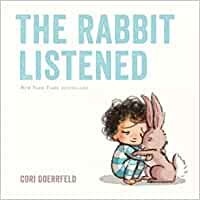
It is important to show our children that verbal communication is only one of many types of communication. For example, Drawn Together (2018) by Minh Le and Dan Santat is the story of a grandchild who struggles to overcome the language barrier and communicate with his grandfather.

If you know any more examples, please let me know in the comments.
Cultural competence
When I first read that cultural competence is listed in the relationship skill, I was surprised. This sounded similar to ‘appreciating diversity’ which belonged to social awareness. Thus, I researched a bit about the different relevant vocabulary used for this topic. This blog explains the differences very well:
Multicultural refers to a society that contains several cultural or ethnic groups. People live alongside one another, but each cultural group does not necessarily have engaging interactions with each other. For example, in a multicultural neighborhood people may frequent ethnic grocery stores and restaurants without really interacting with their neighbors from other countries.
Cross-cultural deals with the comparison of different cultures. In cross-cultural communication, differences are understood and acknowledged, and can bring about individual change, but not collective transformations. In cross-cultural societies, one culture is often considered “the norm” and all other cultures are compared or contrasted to the dominant culture.
Intercultural describes communities in which there is a deep understanding and respect for all cultures. Intercultural communication focuses on the mutual exchange of ideas and cultural norms and the development of deep relationships. In an intercultural society, no one is left unchanged because everyone learns from one another and grows together.
Many multicultural picture books have been published. However, I didn’t find any intercultural picture books.
Building relationships
The book The Circles All Around Us (2021) by Brad Montague and Kristi Montague is a sweet concept book about building relationships. It starts by drawing a circle around ourselves and expands to more circles to have a place for other people.
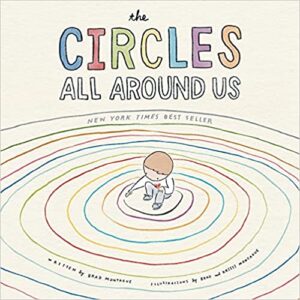
Teamwork
The story In Our Garden (2022) by Pat Zietlow Miller and Melissa Crowton is about a girl who missed the garden she had in her previous hometown. With the help of the school community and teamwork, her dream came true.
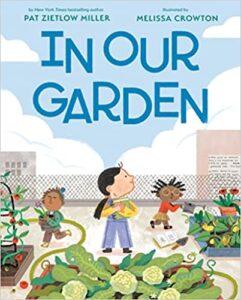
Resolving conflicts
Not Enough Lollipops (2022) by Megan Maynor and Micah Player has an interesting story to teach children about conflicts. In the raffle, a girl wins a big basket of lollipops, and here is the beginning of the problem. Everyone wants more lollipops than the other one!

Helping/seeking help
Teaching children that asking for help doesn’t mean weakness is a challenge. I only found one picture book on this subject.
In Giraffe Asks For Help (2019) by Nyasha M. Chikowore and Janet McDonnell (Illustrator), a little giraffe wishes to eat the leaves of his favorite tree. But, he is too short. After trying different ways, he asks other animals for help.

Leadership
Speaking about leadership, Greta Thunberg is with no doubt one of the best examples for children. Many picture book biographies have been published about her. For example, Our House Is on Fire: Greta Thunberg’s Call to Save the Planet (2019) by Jeanette Winter. 
She Leads: The Elephant Matriarch (2020) by June Smalls and Yumi Shimokawara is a brilliantly-illustrated picture book about leadership in nature. It shows the reader that a true leader cares for the member of her tribe.
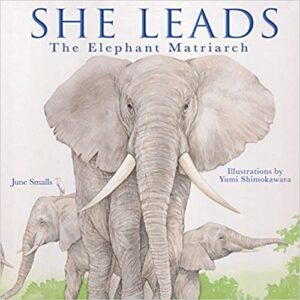
Standing up for the rights of others
What could be better than the autobiography of Malala Yusaf Sai, the girl who stands up for the girls’ education right? Malala’s Magic Pencil (2019) by Malala Yousafzai and Kerascoët.

Right of others isn’t only about humans, but also about animals. Anna & Samia: The True Story of Saving a Black Rhino (2019) by Paul Meisel is a true story of respecting animals’ right to live. 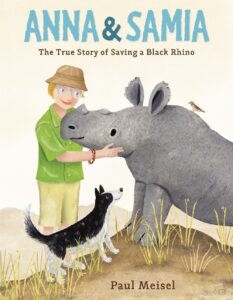
The next blog post on the series of SEL is the last one on this series and will discuss picture books published on the fifth component of SEL; Responsible Decision-making
I write blog posts about the craft of writing picture books regularly. The list of the previous posts is on the PictureBookPedia. Also, I publish a quarterly newsletter that includes links to my recent blog posts. The form you have selected does not exist.


